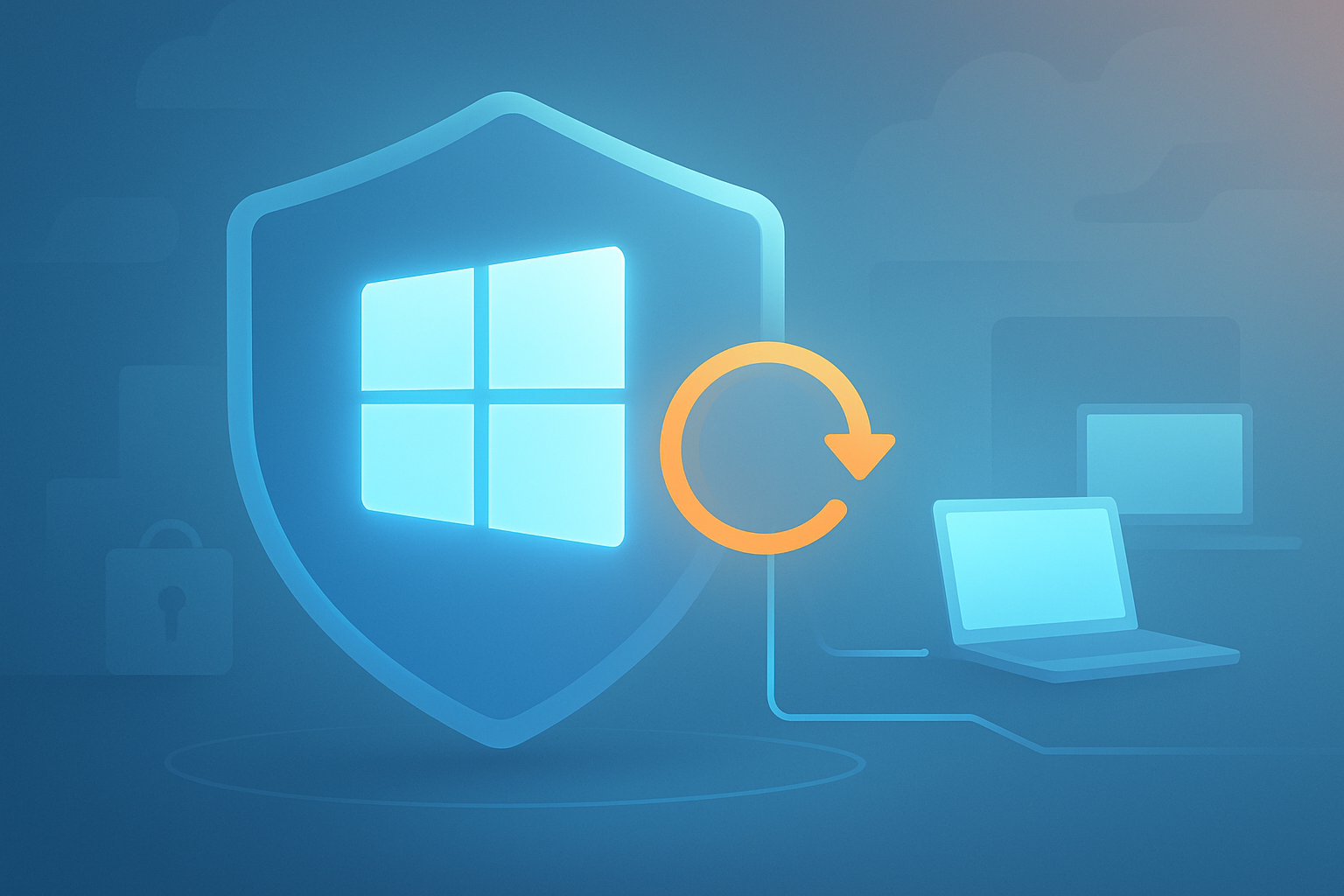Technical Requirements for Copilot for Microsoft 365
Unless you’ve been living under a rock for the past year, you have heard and seen the buzz around Copilot for Microsoft 365. Copilot for Microsoft...
3 min read
Dave Rowe Jul 10, 2025 9:44:53 AM

Microsoft 365 Copilot is transforming workplace productivity—but for IT directors, it’s also introducing new data security challenges.
As users increasingly rely on natural language prompts to retrieve files, summarize emails, and draft sensitive documents, organizations are discovering a hard truth: Copilot will surface whatever users have access to, even if it’s data they shouldn't be viewing in the first place.
At CloudServus, we’re seeing security and IT teams urgently prioritize guardrail configuration inside Copilot—from disabling risky features to tightening access policies—before accidental exposure turns into a full-blown breach.
Microsoft 365 Copilot draws from the Microsoft Graph, which connects content across SharePoint, OneDrive, Teams, Outlook, and other services. It doesn’t “know” whether a user should see a document—it simply pulls from data that the user already has permission to access.
That means if legacy permissions are too loose, Copilot can unintentionally expose:
In fact, Microsoft warns administrators directly in their official guidance that “Copilot will never expose data a user doesn't already have access to—but what the user has access to may surprise you.”
Before rolling out Copilot, IT leaders need to revisit permissions across SharePoint and OneDrive. Tools like Microsoft Purview, Access Reviews in Entra ID, and Sensitivity Labels can help identify:
Use Microsoft Graph API or PowerShell scripts to generate reports on which users can access sensitive libraries—and narrow access accordingly before Copilot is turned on.
CloudServus can assist with full access audits as part of our AI Readiness Assessment, making sure the right content is visible to the right people.
Microsoft 365 Copilot supports Sensitivity Labels configured through Microsoft Purview, which lets you:
Pair this with Microsoft Entra ID P1 or P2 to assign role-based access policies that ensure only those in defined job functions (e.g., HR, Legal, Finance) can interact with certain data sets via Copilot.
For example:
A junior marketing analyst shouldn’t be able to ask Copilot, “Summarize all salary data from the HR folder.”
With proper sensitivity labeling and RBAC in place, Copilot will exclude this content automatically from search results.
Not every Copilot capability needs to be live for every user.
In Microsoft 365 Admin Center, you can:
Microsoft also provides Copilot usage controls through Microsoft 365 Apps admin center, so you can pilot deployments without enabling Copilot across the entire tenant at once.
This feature-by-feature control is critical in industries like finance, healthcare, and legal—where data exposure can trigger compliance issues.
The final layer is monitoring. Microsoft is gradually rolling out audit logging and prompt history for Copilot usage across Microsoft 365. This lets admins:
Combine this with Microsoft Defender for Cloud Apps and Purview Insider Risk Management for proactive alerting when users interact with protected data in risky ways.
While prompt logging is still evolving, IT should prepare by establishing review workflows and setting expectations with end users around acceptable usage.
Our team works closely with IT and security teams to assess whether your Microsoft environment is ready for secure Copilot deployment.
Through our AI Readiness Assessment, we:
As a Top 1% Microsoft Solutions Partner, we bring both licensing expertise and security best practices to help you get the most out of Copilot without putting sensitive data at risk.
Copilot is powerful, but it’s not a security solution. If users can access sensitive content, Copilot can too.
That’s why governance is step one. The organizations that succeed with AI will be the ones that invest in guardrails—not just adoption.
Let CloudServus help you configure Copilot the right way. Schedule an AI Readiness Assessment today.
Protect your data, empower your people, and scale AI usage safely.

Unless you’ve been living under a rock for the past year, you have heard and seen the buzz around Copilot for Microsoft 365. Copilot for Microsoft...

As enterprises embrace AI to drive efficiency, productivity, and innovation, a new challenge is emerging: AI tool sprawl. Departments are deploying...

Microsoft just made life a little easier for IT leaders. As of version 24H2, hotpatching is now available for Windows 11 Enterprise clients,...